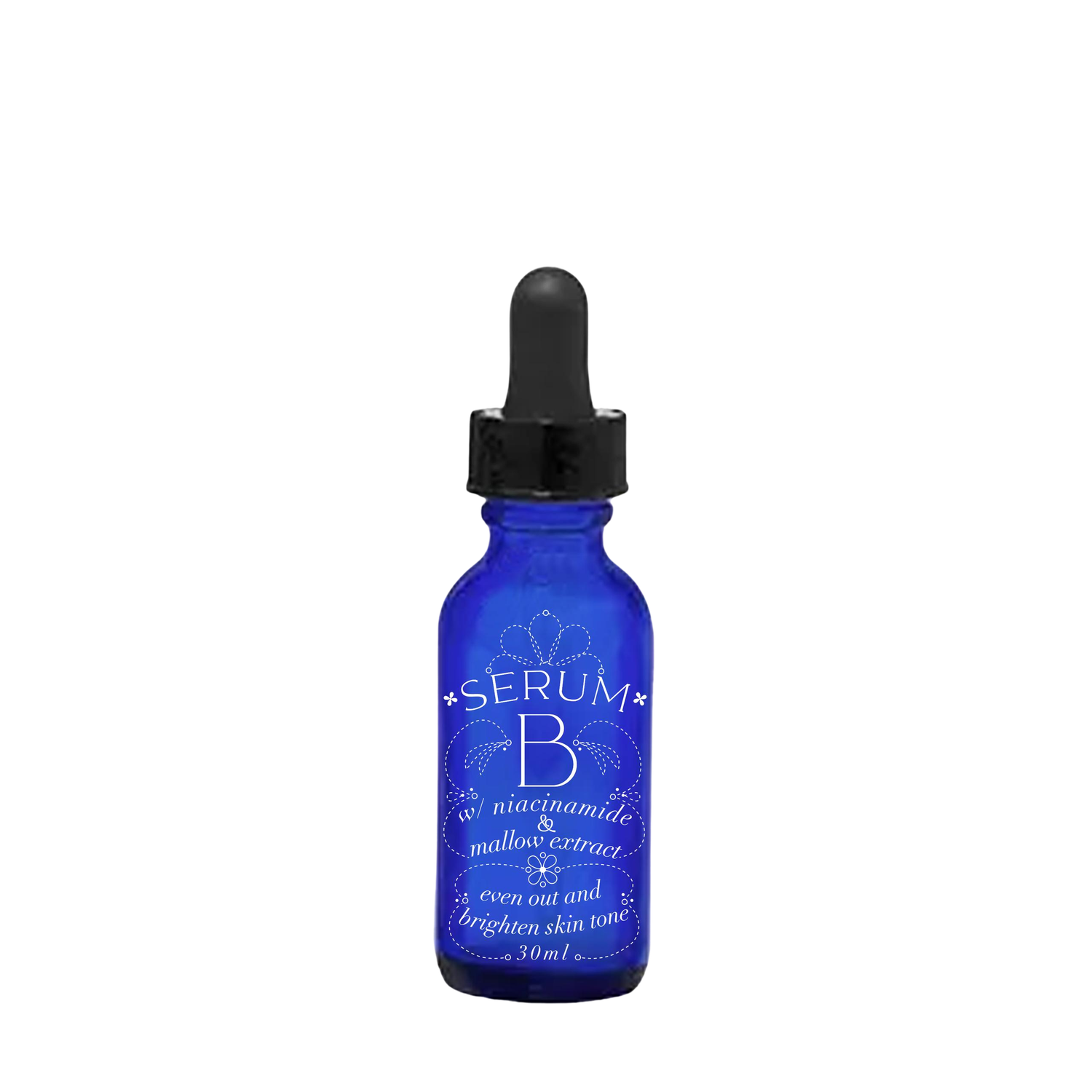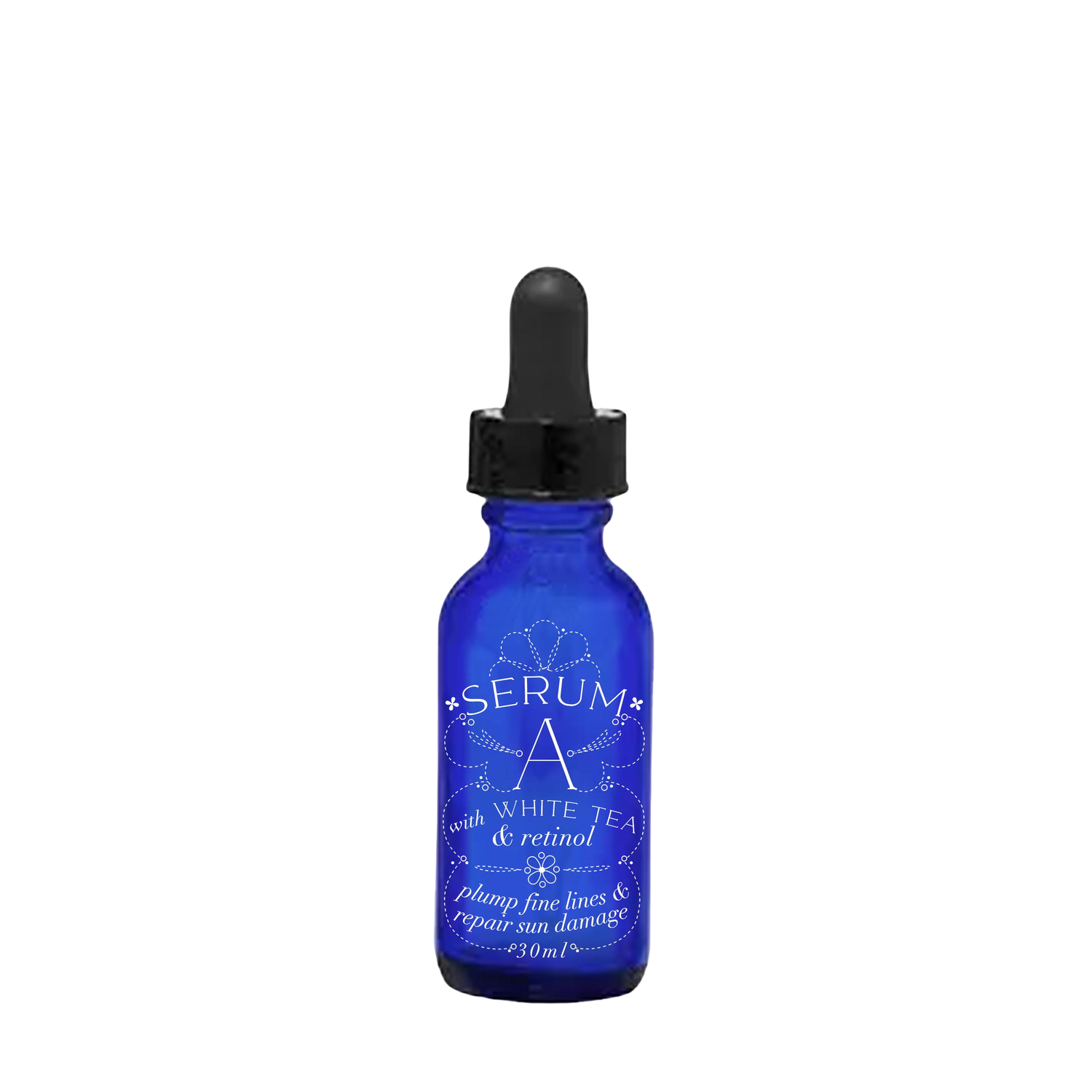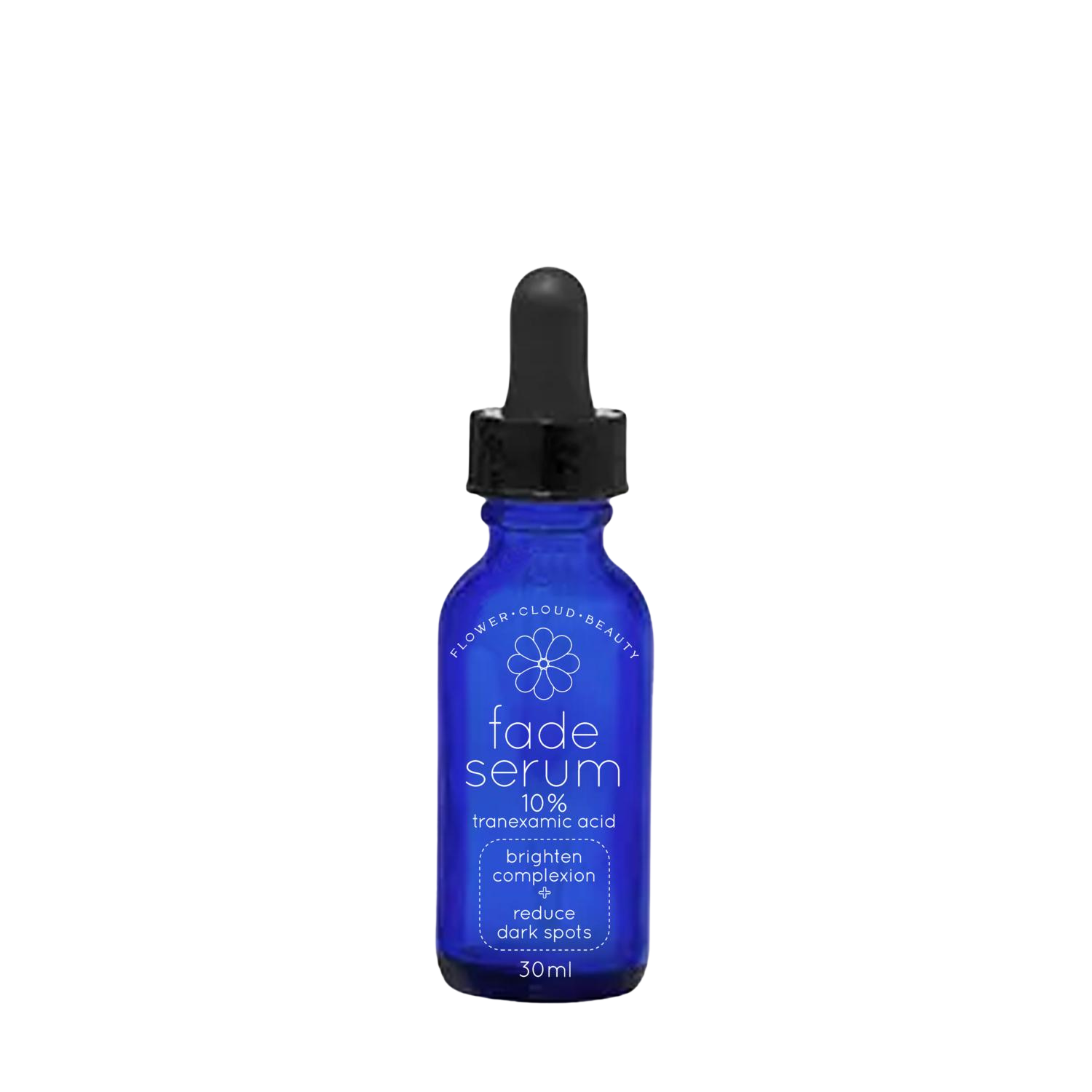all about tranexamic acid
Tranexamic Acid: The Brightening Agent Revolutionizing Hyperpigmentation Treatment
In the world of skincare, few ingredients have made as dramatic an entrance as tranexamic acid. Originally used in medicine for decades to stop bleeding, this multifunctional molecule has been repurposed by dermatologists as a powerhouse for treating stubborn hyperpigmentation. Unlike acids that exfoliate, tranexamic acid works on a cellular level to disrupt the very process that causes discoloration. Let's explore the science behind this groundbreaking ingredient.
What is Tranexamic Acid?
Tranexamic acid (TXA) is a synthetic derivative of the amino acid lysine. It is classified as an antifibrinolytic agent, meaning it helps prevent the breakdown of blood clots. While its systemic use to reduce surgical bleeding is well-established, its topical application for skin concerns is a more recent and exciting development.
Its mechanism of action for skin brightening is distinct from that of alpha-hydroxy acids (AHAs) like glycolic acid. Instead of exfoliating the surface, TXA targets hyperpigmentation at its source by interfering with multiple steps in the melanin production pathway.
The Science-Backed Benefits
The efficacy of topical tranexamic acid is supported by a growing body of clinical research, particularly for treating melasma and post-inflammatory hyperpigmentation (PIH).
1. Treatment of Melasma
Melasma is a complex, stubborn form of hyperpigmentation often triggered by hormones and UV exposure. TXA has shown remarkable efficacy in treating it.
TXA works by:
· Inhibiting Plasminogen Activation: UV exposure activates plasminogen to plasmin in keratinocytes (skin cells). Plasmin then stimulates melanocytes (pigment-producing cells) to produce more melanin. TXA blocks this interaction, effectively putting a brake on this UV-induced pigment signal [1].
· Inhibiting Melanocyte Activation: By preventing the interaction between keratinocytes and melanocytes, TXA reduces the transfer of pigment to skin cells [2].
A significant meta-analysis published in the Journal of the American Academy of Dermatology reviewed multiple studies and concluded that tranexamic acid—whether topical, oral, or injected—is an effective and well-tolerated treatment for melasma. The analysis noted that topical formulations showed a lower incidence of side effects compared to systemic administration [3].
2. Reduction of Post-Inflammatory Hyperpigmentation (PIH)
PIH, the dark spots that remain after a pimple or wound has healed, is a common concern, especially for darker skin tones. By interrupting the inflammatory pathways that can overstimulate melanocytes after an injury, TXA can help prevent and treat these stubborn spots.
3. Overall Brightening and Anti-Redness
Due to its anti-inflammatory properties, TXA can also help reduce general redness and promote a more even, luminous complexion, making it a valuable ingredient for those with rosacea-prone or sensitive skin that cannot tolerate traditional acids.
Tranexamic Acid vs. Other Brightening Agents
· vs. Hydroquinone:
Hydroquinone is a potent gold-standard depigmenting agent that works by inhibiting the enzyme tyrosinase. However, it can cause irritation and, with prolonged use, ochronosis (blue-black discoloration). TXA offers a strong alternative with a different, multi-targeted mechanism and a much more favorable safety profile, making it suitable for long-term use.
· vs. Vitamin C:
A tyrosinase inhibitor, vitamin C works at a single point in the pigment production pathway. TXA's unique mechanism of targeting the interaction between skin cells and pigment cells offers a complementary approach. Tranexamic acid can be used with vitamin C for a multi-pronged attack on pigmentation.
· vs. AHAs/BHAs (Glycolic, Salicylic Acid):
These acids work by exfoliating the surface layer of the skin to reveal less-pigmented skin underneath. They do not affect melanin production. Using TXA with exfoliating acids can be highly effective: the acids remove pigmented cells while TXA prevents new pigment from forming.
How to Incorporate Tranexamic Acid Into Your Routine
Topical tranexamic acid is typically found in serums and creams, often in concentrations between 2% and 10%. It is well-tolerated by most skin types, including sensitive skin.
Tips for Use:
1. Consistency is Key: As it works by preventing new pigment formation, consistent daily use is essential for seeing results, which can take 8-12 weeks.
2. Layer Smartly: It pairs excellently with other brightening agents like niacinamide and/or vitamin C in a comprehensive regimen.
3. Sunscreen is Non-Negotiable: UV exposure is a primary trigger for melanin production. Using TXA without daily broad-spectrum sunscreen is counterproductive. This is the most critical step in any anti-pigmentation routine.
4. Consult a Dermatologist: For persistent melasma, a dermatologist can create a tailored plan, which may include prescription-grade topical TXA, oral TXA, or combination therapies with lasers or peels.
The Bottom Line
Tranexamic acid represents a paradigm shift in how we treat hyperpigmentation. Moving beyond simple exfoliation and tyrosinase inhibition, it offers a sophisticated, multi-targeted approach that disrupts the inflammatory signals that cause melanocytes to overproduce pigment. Backed by robust clinical evidence, particularly for melasma, and boasting an excellent safety profile, TXA has rightfully earned its place as a cornerstone ingredient in modern, evidence-based skincare for a bright, even-toned complexion.
---
References
[1] Maeda, K., & Naganuma, M. (2018). Topical trans-4-aminomethylcyclohexanecarboxylic acid prevents ultraviolet-induced pigmentation. Journal of Photochemistry and Photobiology B: Biology, 87(2), 109-117. [This study elucidates the primary mechanism of TXA, demonstrating its ability to inhibit UV-induced plasmin activity in keratinocytes and prevent subsequent melanogenesis.]
[2] Lee, J. H., Park, J. G., Lim, S. H., Kim, J. Y., Ahn, K. Y., Kim, M. Y., & Park, Y. M. (2006). Localized intradermal microinjection of tranexamic acid for treatment of melasma in Asian patients: a preliminary clinical trial. Dermatologic Surgery, 32(5), 626-631. [This early clinical trial helped establish the use of TXA in dermatology, noting its effect on melanocyte activation and its efficacy in a challenging patient population.]
[3] Taraz, M., Niknam, S., & Ehsani, A. H. (2017). Tranexamic acid in treatment of melasma: A comprehensive review of clinical studies. Dermatology and Therapy, 7(3), 417-424. [This comprehensive review and meta-analysis consolidates evidence from numerous studies, concluding that tranexamic acid is a safe and effective treatment for melasma across different delivery methods.]
Disclaimer: This blog post is for informational purposes only and does not constitute medical advice. While topical tranexamic acid is generally considered safe, oral administration requires strict medical supervision due to potential side effects. Always consult with a dermatologist or healthcare provider before starting any new skincare treatment, especially for a condition like melasma.
Refine by
Powered by Lightspeed
Display prices in:USD



